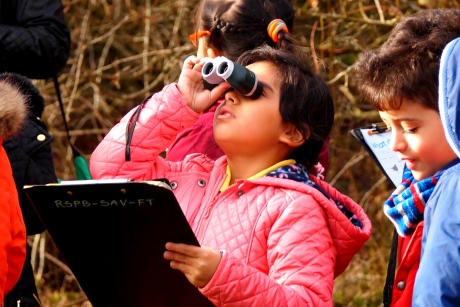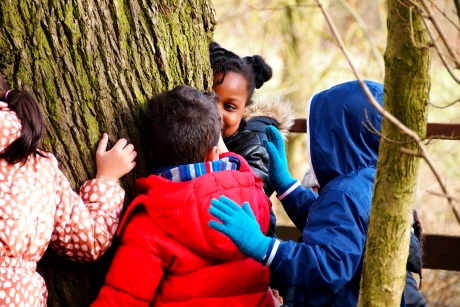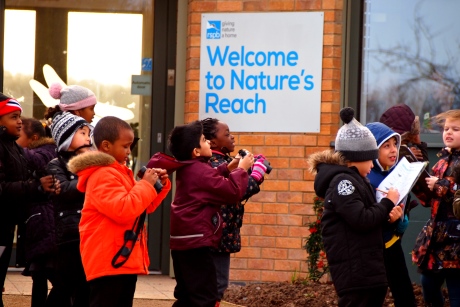
School Travel Organiser finds out how a visit to one of the Royal Society for the Protection of Birds’ (RSPB) nature reserves can help studies on plants and animals for Primary school pupils.
The Royal Society for the Protection of Birds (RSPB) believes that every child should be entitled to regular contact with the natural environment.
Gretel Cooper, the learning officer at RSPB Sandwell Valley, said: “Having recently left teaching at a large inner city Primary school, I understand the value of taking children out of the classroom and into the natural environment.
“Research shows how making a meaningful connection with nature positively affect all areas of child development.”
The special habitats on the RSPB nature reserves provide an ideal environment for a rich variety of species to thrive, meaning pupils can get up close to many insects, animals and birds that they might not have had the opportunity to see before.
There are 16 nature reserves around the UK that provide hands-on activities linked to the National Curriculum and allow students to explore the natural world.
A selection of half and full day programmes are available at the RSPB’s dedicated outdoor learning centres, which attract 40,000 pupils each year.
All the nature reserves provide activities suitable for Early Years, Key Stage 1 and Key Stage 2, whilst a selection of the centres are also able to offer Secondary programmes as well.
(Note: not all sessions are available at all RSPB reserves so teachers are advised to check the website beforehand.)

Key Stage 1
The majority of each session is spent outdoors, where there is plenty of time for exploration, discovery and fun.
For Key Stage 1 pupils, a visit to the RSPB can help cover themes within the topics on Plants and Animals as well as Living Things and their Habitats.
In the Discovering Land Minibeasts session, pupils are tasked with locating, capturing and identifying minibeasts using techniques such as log rolling, leaf litter sieving, sweep netting and tree beating, making it suited to both the Year 1 and 2 Science programme of studies on Animals and Working Scientifically.
In this session – as well as the Discovering Pond Minibeasts activity – students learn how different habitats provide for the basic needs of different kinds of animals and plants.
Other activities for Key Stage 1 include the Brilliant Birds session and the Plant Detectives session, where tasks are completed on a nature discovery walk.
In the Brilliant Birds session students get to see what types and how many birds are out and then also spot their different features such as their feathers, and beak shapes and sizes.
The Plant Detectives session aims to teach students about the basic plant structures and understand their importance for a plant’s survival.

Key Stage 2
Key Stage 2 students can likewise learn about relevant topics in the Science curriculum during a visit.
In the Rocks and Soils activity, children get the chance to use soil testing equipment to compare soils and their different properties. They will also learn of the importance of soil for plant and animal life.
As a progression on from the Key Stage 1 Brilliant Birds session, the Key Stage 2 Discovery Birds activity lets pupils spend time in a wildlife hide where they will use binoculars to explore some of the top predators in the food chain. Students will learn how animals learn to adapt to survive, which can be tied into the Evolution and Inheritance topic of the Science syllabus.
A range of follow-up resources from the RSPB can be downloaded from their website and used back in the classroom or in the school grounds.
For more information on school visits to the RSPB email education@rspb.org.uk or click here.










